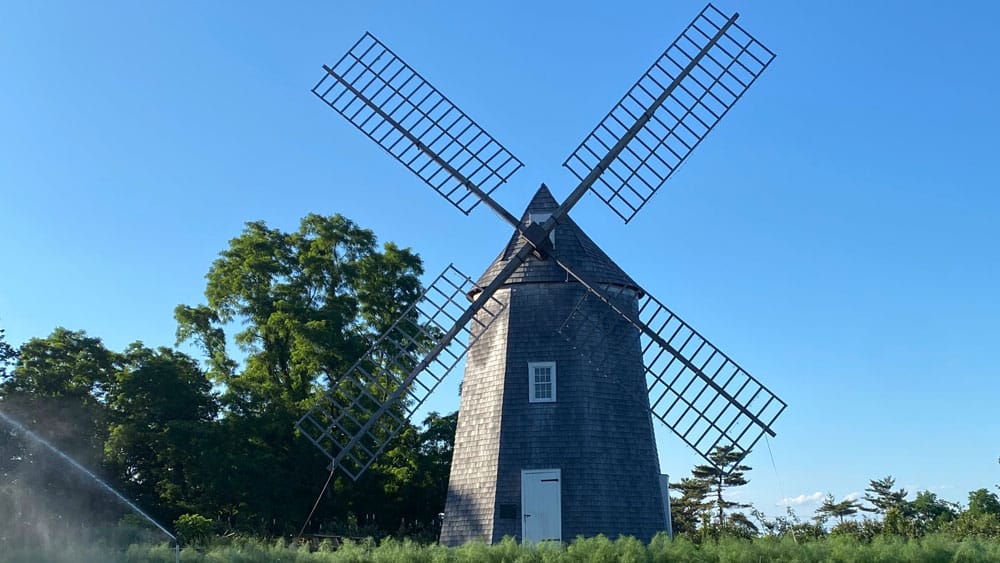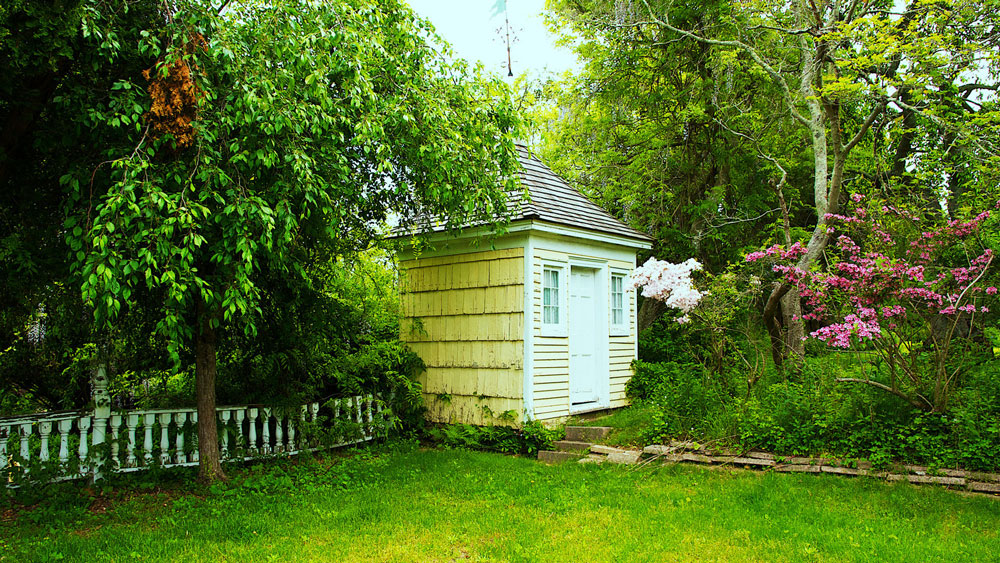The Sylvester Manor House is in fact a collection of several building and remodeling efforts spanning several hundred years. The original c. 1651 house consisted of “six or seven convenient rooms” and served the corporate needs of the provisioning plantation era. The 1651 house was replaced by the existing Manor House in 1737.

In 1926, Cornelia Horsford had the mill moved to Sylvester Manor, where it still stands today surrounded by our working farm. The Windmill Field is the highest natural point on the property and was the first field returned to active agriculture by the non-profit Sylvester Manor in 2008.

As with the Manor House, the gardens at Sylvester Manor have seen great changes over the centuries as dictated by evolving tastes and needs. The garden planted by the Sylvesters in the 1650s would have included vegetables and herbs, and records show that an orchard of fruit trees was laid out in the northeast corner of the current garden site.

On these grounds are the remains of ancient hunter-gatherer Manhansett Indian settlements, predating European arrival by at least one thousand years. A short distance to the south of the residence is a small rise of land between the driveway forks, where as many as 200 enslaved servants and laborers are buried. A family cemetery is located on another portion of the property about a quarter mile away.
Post Office Box 2029
80 North Ferry Road
Shelter Island, NY 11964 info@sylvestermanor.org 631.749.0626